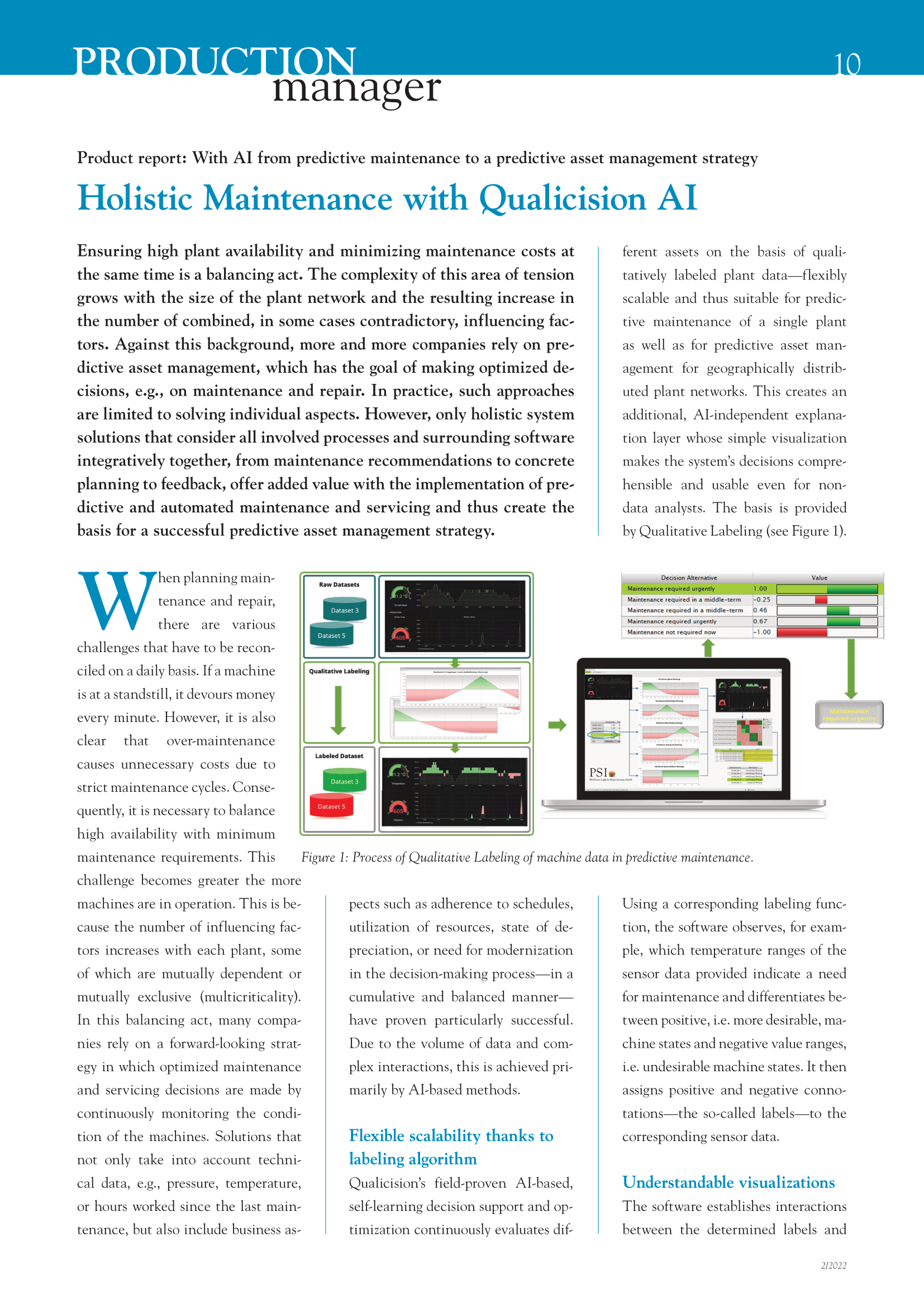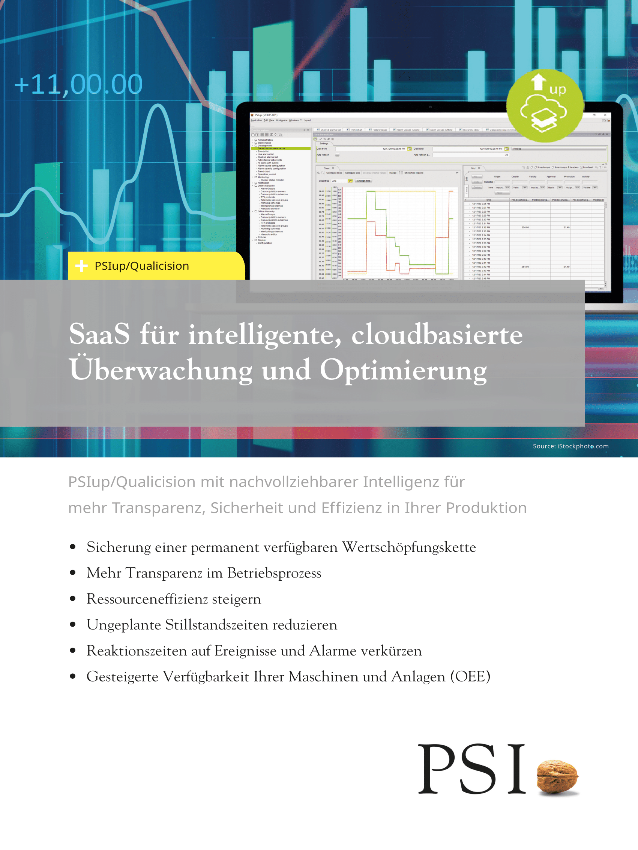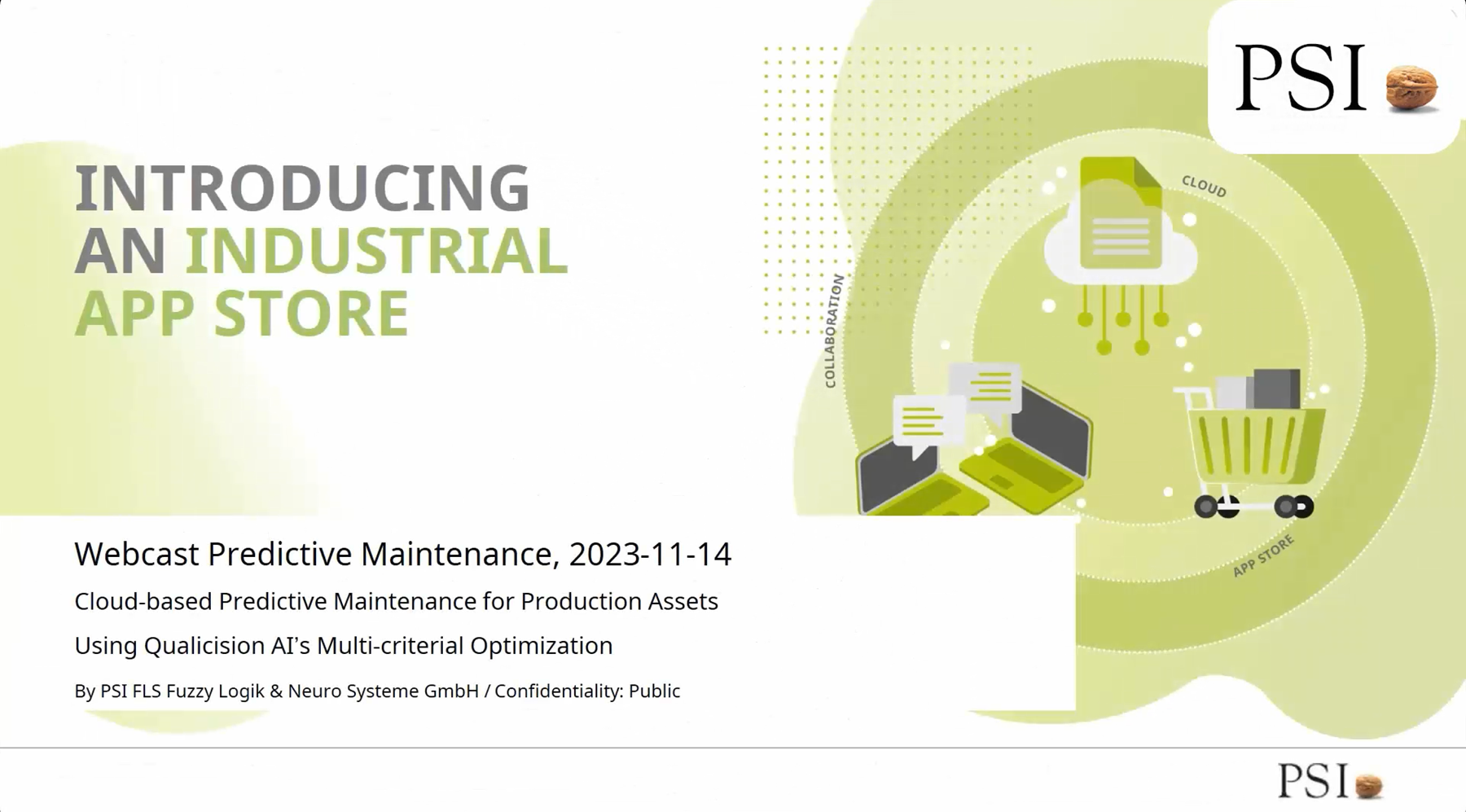When planning maintenance and repair, there are various
challenges that have to be reconciled on a daily basis. If a
machine is at a standstill, it devours money every minute.
However, it is also clear that over-maintenance causes
unnecessary costs due to strict maintenance cycles.
Consequently, it is necessary to balance high availability
with minimum maintenance requirements. This challenge
becomes greater the more machines are in operation. This is
because the number of influencing factors increases with
each plant, some of which are mutually dependent or mutually
exclusive (multicriticality). In this balancing act, many
companies rely on a forward-looking strategy in which
optimized maintenance and servicing decisions are made by
continuously monitoring the condition of the machines.
Solutions that not only take into account technical data,
e.g., pressure, temperature, or hours worked since the last
maintenance, but also include business aspects such as
adherence to schedules, utilization of resources, state of
depreciation, or need for modernization in the
decision-making process - in a cumulative and balanced
manner - have proven particularly successful. Due to the
volume of data and complex interrelationships, this is
achieved primarily by AI-based methods.


 Figure 1: Process of Qualitative Labeling of machine data
in predictive maintenance.
Figure 1: Process of Qualitative Labeling of machine data
in predictive maintenance.
 Figure 2: Impact and Interactions Matrix - AI-learned
Qualitative Labels with Interactions.
Figure 2: Impact and Interactions Matrix - AI-learned
Qualitative Labels with Interactions.
 Figure 3: PSIjscada/Qualicision dashboard for Predictive
Asset Management and PSIcommand/Qualicision.
Figure 3: PSIjscada/Qualicision dashboard for Predictive
Asset Management and PSIcommand/Qualicision.


